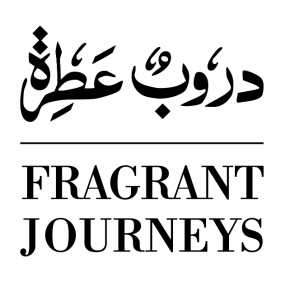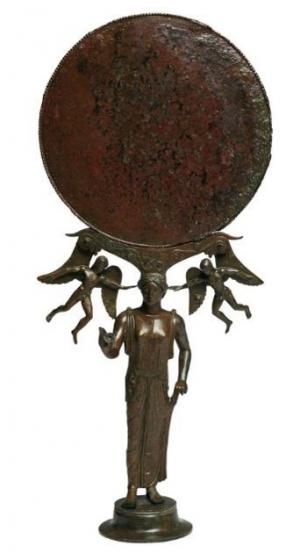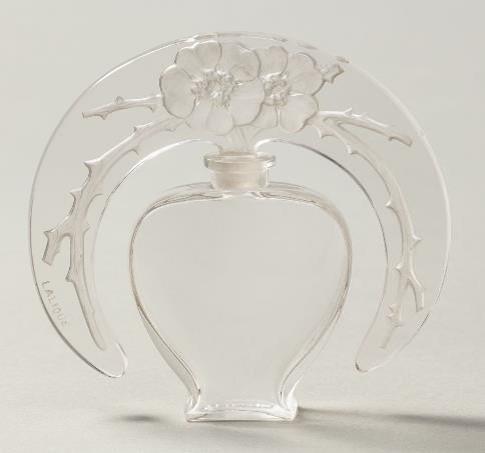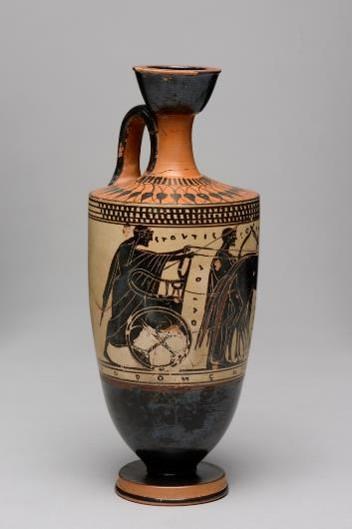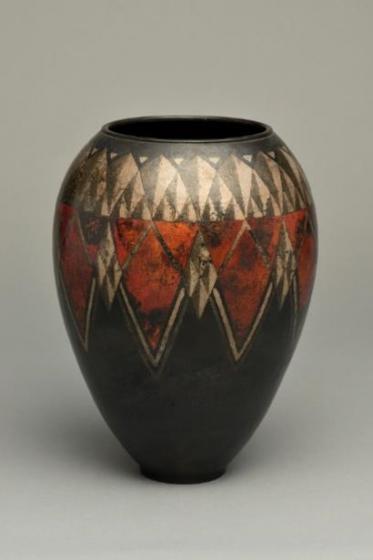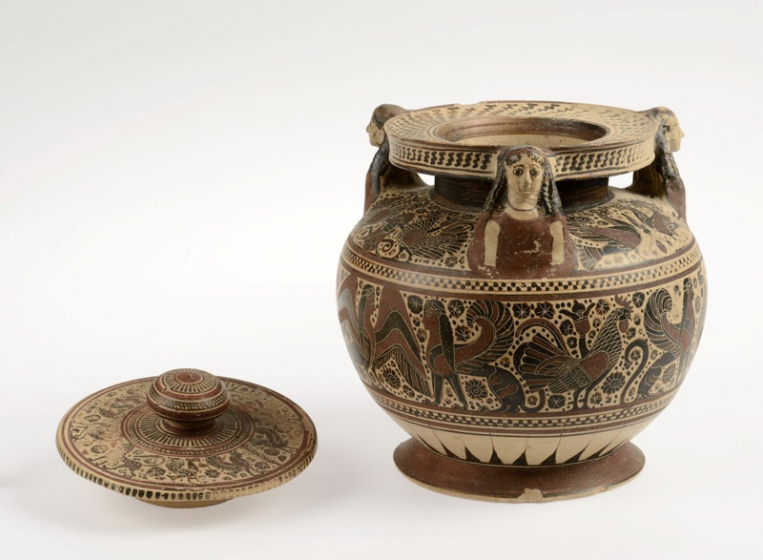The Sultanate of Oman evokes the home of incense and perfume. Selecting artworks from the Museum of Fine Arts in Lyon to be displayed in the Oman National Museum,, the choice was naturally guided in large part by this enchanting theme.
Since the earliest times, and all civilizations, people have had a special relationship with fragrances, whether they were seen as viatica ensuring a safe passage into the divine world and the afterlife, or appreciated for their protective medicinal value or simply for everyday enjoyment. Within collections of antiquities and decorative arts in the Museum of Fine Arts in Lyon, many works of art are related to incense, perfumes, herbs and spices. These artefacts provide valuable insights into the art and crafts of the time and enable scientists to grasp a major aspect of human societies’ intangible culture.
At the dawn of History, the Ancient Egyptians made extensive use of perfumes, herbs and spices, which were also essential ingredients in the unguents used for mummification, the process of preserving the deceased’s body in readiness for life after death. Because of their volatility, unguents and scented resins also played a major role in communicating with the divine; the Ancient Egyptians offered incense to the gods to secure their protection and bottles of perfume were symbolically placed in the tombs. Perfume was synonymous with the fine art of living and was also widely used in a secular setting for personal grooming and adornment. From Ancient Egypt to the late Roman Empire, the olfactory pleasure derived from the unguent itself was heightened by the beauty of the balsamaria, or small containers, which were made in various shapes and of various materials.
In the West, the use of incense was passed down through history from Antiquity, then spread with Christianity. During the celebration of worship, the act of incensing symbolically establishes a connection with the divine. The smoke rising from the censer represents the prayers of the faithful, ascending to the heavens. Special-purpose liturgical fixtures were created for the celebrants’ use. Moreover, in Christian thinking, sickness was seen as a direct outcome of original sin. In the Middle Ages, when populations were decimated by epidemics of the bubonic plague, foul odours were associated with the universe of Evil. Spreading incense was a way of helping to ward off demons. The East-West trade routes established during the Crusades (1096-1291) opened the door to new scents and spices. A pottery industry sprang up to cater for the needs of apothecaries and merchants selling herbs and spices. In Spain, the Arabs also made a significant contribution to the perfume trade. The Renaissance period was marked by discoveries. Vasco de Gama opened up a sea route to India, returning with incense, ginger, pepper and cloves, while Christopher Columbus brought back vanilla, copal, the cocoa bean and tobacco from the New World... The invention of the printing press paved the way for scientific knowledge about nature and plants to reach a wide audience. Certain treatises dealt with distillation and various essences, and set down recipes for scented waters. Throughout Europe, nature became one of artists’ favourite themes. Over the centuries, it was the source of deep-seated inspiration for the designers of decorative objects. At the turn of the twentieth century, Art Nouveau in particular saw itself as profoundly “organic”. Close observation of the plant kingdom, from its waving stems to the vein system of leaves, gave birth to the curves and sinuous lines that are the signature of Art Nouveau architecture and object decoration. René Lalique is one of the main exponents of this style. The perfume bottles he designed are an enduring testimony to his fascination with nature, its shapes and scents.
The selection curated from the collections of the Lyon Museum of Fine Arts on the theme of “On the Perfume Roads” has been supplemented by various representative works from the departments. They offer visitors a number of milestones in the universal history of art.
Curators
Geneviève Galliano, Chief Curator, Antiquities Department
Salima Hellal, Chief Curator, Art Objects Department
Lyon Museum of Fine Arts
Outdoor exhibition
Oman National Museum, Mascate


